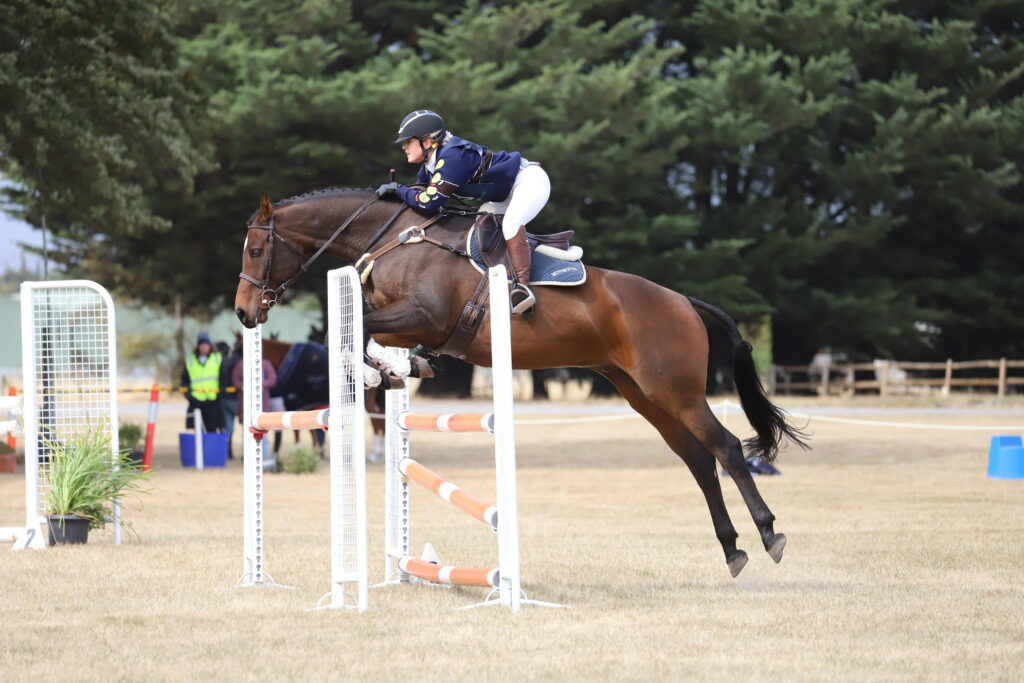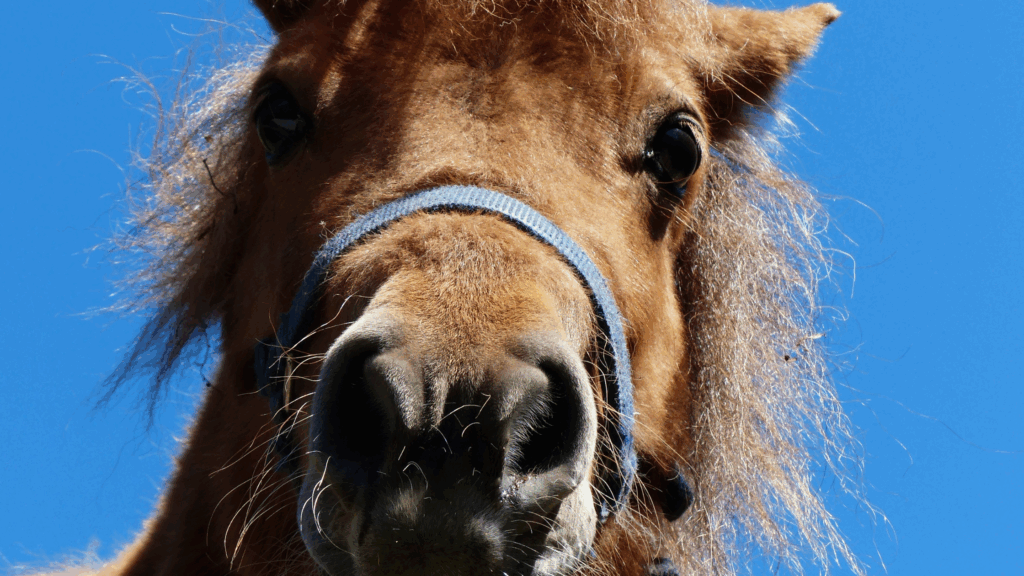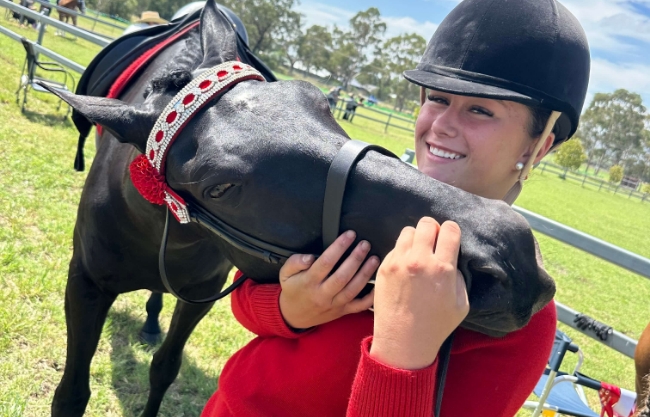As the weather warms and the paddocks turn green, many of us welcome spring with open arms — and our horses do too. But behind the beauty of fresh pasture lies a hidden risk for some horses and ponies: Equine Metabolic Syndrome (EMS).
Spring is a high-risk period for horses with EMS due to the sudden availability of sugar-rich grass. That’s why it’s the perfect time to brush up on what EMS is, how to spot it, and what you can do to keep your horse healthy and sound as the season changes.
What is Equine Metabolic Syndrome?
Equine Metabolic Syndrome is a condition that affects how a horse’s body responds to insulin — a hormone that regulates blood sugar levels. Horses with EMS are insulin resistant, meaning their bodies produce more insulin than normal after eating sugar or starch. This leads to fat storage, weight gain, and most concerningly, an increased risk of laminitis.
Common Signs of EMS
EMS doesn’t always look dramatic — in fact, it’s often mistaken for “just a good doer.” Keep an eye out for:
- A cresty neck or fat pads around the tailhead and shoulders
- Easy weight gain, even on minimal feed
- A history of laminitis, or signs of tenderness on hard ground
- Reduced fitness or a tendency to be lazy
- A pot-bellied appearance without muscle loss
These signs may seem subtle, but they’re red flags — especially as spring grass comes in.
Why Spring Increases the Risk
Fresh pasture in spring is high in non-structural carbohydrates (NSCs) — particularly sugar. For horses with insulin resistance, this sudden sugar surge can trigger a dangerous hormonal response, potentially leading to painful laminitis episodes.
Even ponies that seemed sound all winter can quickly run into trouble when the grass changes — often before their owners notice.
Managing EMS this Spring
If your horse is at risk or has been diagnosed with EMS, here are some proactive steps you can take:
1. Monitor Weight Closely
- Use a weight tape weekly and track changes.
- Check fat deposits, especially on the neck and rump.
- Refer to our body condition scoring chart to help assess your horse’s ideal shape.
2. Limit Access to Rich Pasture
- Use a grazing muzzle or restricted turnout during high-risk times (e.g. early morning, lush regrowth).
- Create a dry lot or turnout on mature, low-sugar pasture if available.
3. Feed Smart
- Avoid grain-based feeds or high-sugar treats.
- Choose low-NSC hay (soak if needed).
- Work with your vet or nutritionist to ensure your horse gets necessary vitamins/minerals without excess sugar.
4. Keep Them Moving
- Regular, low-impact exercise improves insulin sensitivity and helps maintain a healthy weight — even 20–30 minutes a day makes a difference.
5. Avoid Over-Rugging
- Horses burn calories naturally to stay warm — over-rugging can reduce this energy use and lead to weight gain
- Aim to rug appropriately for the weather and the horse’s coat, condition, and breed
- Where safe, let horses self-regulate their temperature through movement and natural shelter
When to Talk to Your Vet
If you’re unsure whether your horse might be at risk of EMS — or you’ve noticed signs like unusual weight gain or stiffness — it’s best to check in with your vet. They can perform insulin testing and advise on a safe diet and exercise plan tailored to your horse.
The Takeaway
EMS is manageable — and in many cases, reversible — with the right care. By staying vigilant this spring and making a few simple adjustments, you can protect your horse from laminitis, support their long-term health, and enjoy everything the season has to offer.
Have questions about your horse’s condition score? Check out our body condition scoring chart or speak with your local Pony Club coach or veterinarian.









